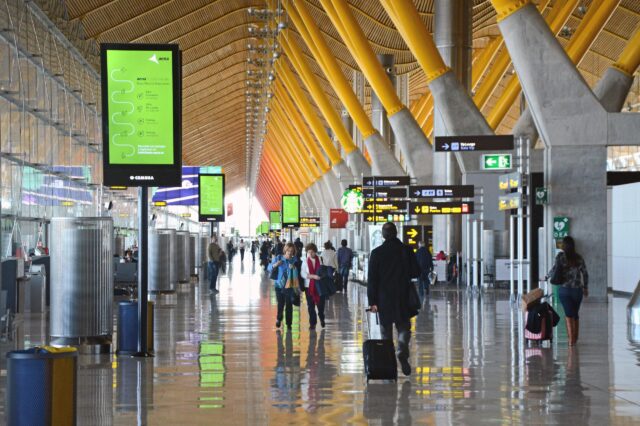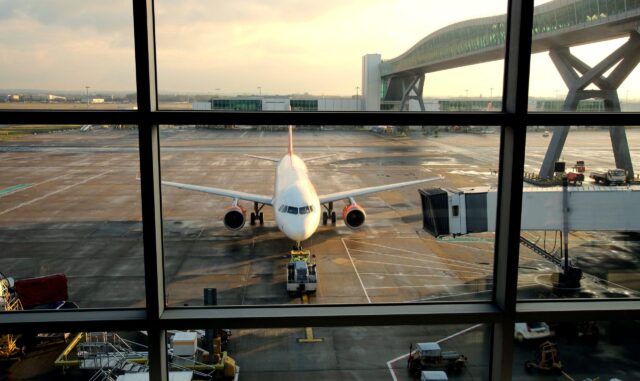Hydrogen infrastructure: understanding airport challenges

“This is not just an aviation task – this is a systemic change embedded in the aviation ecosystem,” suggested Jenny Kavanagh, co-chair of the Zero Emissions Flight Infrastructure Group (ZEFIG). This industry group brings together “a wide collection of people from industry” (including seven direct airports, representation from other airport groups, airlines and infrastructure providers); aiming to help ensure infrastructure and surrounding regulation will be fit for purpose by the time the aircraft actually arrive.
Although the scale of the challenge is undoubtedly big, Kavanagh highlighted the merit in ‘starting small’ (certainly in terms of physical size if not ambition). Explaining that it’s not necessarily about the most efficient solution, early hydrogen trials are seeking to safely get the fuel airside in an operational role, from which point it can be scaled. “Hydrogen isn’t new – we’ve been handling it for decades,” she stated, pragmatically. “We can handle it, but not necessarily in the volumes we need, and not around the general public” – at least for now.
This is where the insight from initiatives such as the UK CAA’s initial hydrogen sandbox (collaborating with Cranfield Aerospace Solutions, ZeroAvia and Exeter Airport Consortium) will come into play, with a recent ‘live aircraft turn’ conducted at the latter furthering key operational and safety considerations. A second round of the regulator’s Hydrogen Challenge will see a further 13 projects build on existing technology and understandings over the next three years.
These learnings will offer “greater knowledge of the unknowns,” ventured Helen Leadbetter, zero emissions flight and hydrogen challenge lead at the CAA. Specifically, this will include close collaboration with safety compliance managers to extend CAP 791; ensuring hydrogen requirements airside are safe for all staff involved. From a regulatory perspective, each airport will require individual attention, as each may require different approaches (pipelines, tankers, or on-site production) to hydrogen delivery and storage.
Fiona Smiith, sustainability director at AGS airports, concurred that the differing requirements between various airports will also affect planning, infrastructure and energy considerations. Larger, more land-constrained sites will likely require their fuel to be produced off-site; further solidifying the case for “informed, joined-up” infrastructure.
Thankfully, “we’re not starting from scratch,” continued Kavanagh, nevertheless noting that it’s imperative to overlay airport planning timelines with the work that needs to be done. However, with hydrogen set to be a key decarbonisation lever in a multitude of industries (not just aviation), she proposed a regional business case for hydrogen integration “of which the airport is a part”. Urging the industry to “zoom out and look on a regional basis,” this could be a more efficient way of working towards a regional growth perspective. However, ultimately, the need for momentum remains unchanged, with Kavanagh concluding: “We cannot give up now.”
















